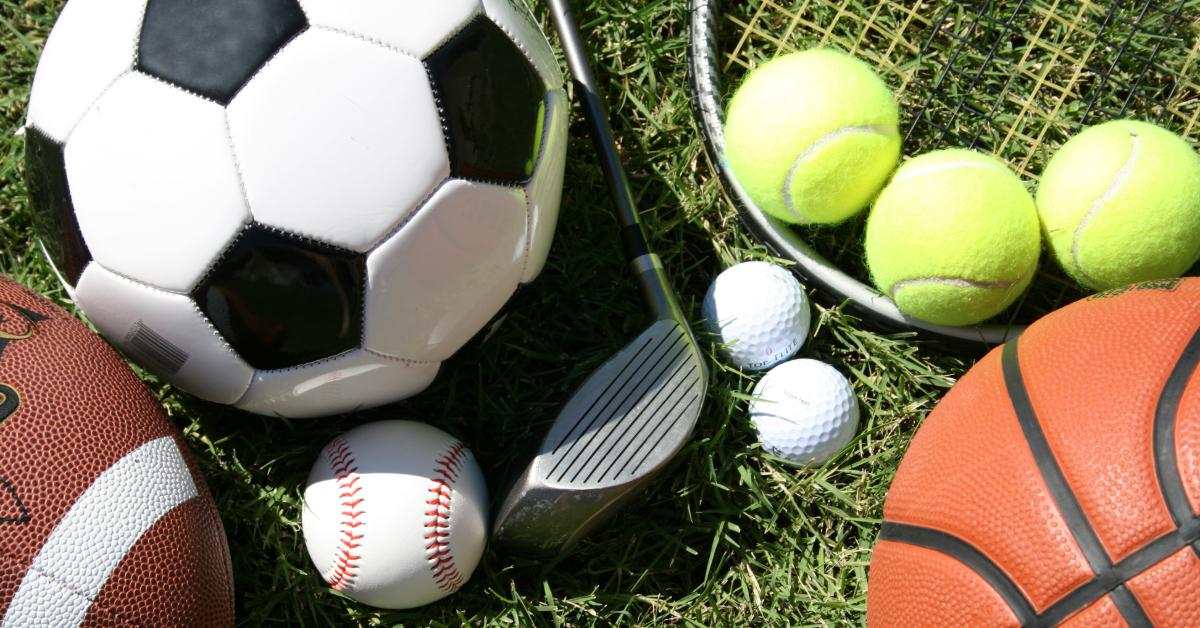
On Monday night, January 8, the University of Michigan and the University of Washington football teams will vie for the collegiate national championship. While championships always bring excitement to fans and participants alike, this year’s game brings attention to major changes that have occurred in the National Collegiate Athletic Association Division I in the past few years involving both monetary payments and mobility for athletes.
While there is excitement for the game, we are seeing undercurrents that some claim will “destroy college football” as we have known it. The major changes involve athletes being able to gain product endorsements or make money off their likeness (Name, Image, and Likeness, or NIL) as well as being able to transfer one time via the NCAA Transfer Portal with no restrictions and no waiting for a year. Lou Holtz, a Hall-of-Fame college football coach, voiced his own concerns:
The NIL and the transfer portal are both terrible for college athletics…I think that you go to school to get an education and to have that school be part of your diploma. … Why do we have athletics as part of college? Because you learn more lessons on a football field than you ever learn in a college classroom. You learn perseverance, you learn teamwork, you learn to wait your turn, you learn improvement. When you transfer, all you do is change the address of your problems. The problem’s with you.
Before going further, I will explain how previous rules affected collegiate athletes, having been a scholarship D-I athlete a half-century ago (track, University of Tennessee). For the most part, the rules that governed us have remained in place with some small changes here and there.
When I signed my athletic scholarship papers in 1971, I also signed the National Letter of Intent which bound me to the UT track program as long as I was enrolled there, much like the old Reserve Clause bound major league baseball players to their teams “in perpetuity” until they either were traded or released by their teams. If I had wanted to transfer to another program elsewhere, my coach would have to release me from my letter of intent before I could leave. Furthermore, if I went elsewhere, I’d not be able to compete in collegiate track until I had waited a year. (If I wanted to go to another program in the Southeastern Conference, I would have to sit out two years.)
While athletes did transfer even under those rules, it imposed high costs on those that left their university for another team and the terms made transferring unappealing. There was the loss of a scholarship as well as the problem of having to sit out of intercollegiate competition for a year, which for a competitive athlete is an eternity.
There were other major controls as well, which mirrored the kinds of restrictions that one might see in a regulated industry, and especially in the kind regulation that effectively turned industries into cartels. Until about the early 1980s, for example, the NCAA permitted only one collegiate football game to be broadcast each week, quite the contrast to today in which numerous games can be seen on television. Certainly, a true championship game like what college football fans can see Monday night would not have been remotely possible in an earlier era.
But, as Holtz and others have claimed, are the transfer portal (which essentially makes collegiate athletes one-time free agents) and the ability of athletes to now make money via endorsements or through social media threats to college sport? They certainly have not diminished interest in college football, which enjoys more television viewership today than it did a decade ago despite the fact that overall live TV viewership is down.
Certainly, the presence of both NIL and the Transfer Portal have changed the responsibilities of the coach, at least when it comes to retaining scholarship athletes. It is not just malcontents that might want to switch programs; there are times when another program may be a better fit for an athlete’s skill set.
Take Michael Penix, Jr., the quarterback of the University of Washington’s football team, for example. Penix played three seasons for Indiana University, much of it in futility for a lower-tier program. At Washington, he is the leader of a team playing for a national championship. The Transfer Portal made this transition possible.
If one sees the Transfer Portal as an open market for labor, it is easier to see how it would benefit both athletes and coaches. Michael Penix is not the only success story of the Portal. For every J.T. Daniels, the quarterback who used the Portal three times trying to find a good fit, there is a Hendon Hooker, who transferred to Tennessee after languishing at Virginia Tech and was named the Southeastern Conference’s Offensive Player of the Year in 2022.
While it is true that the Portal takes away some leverage that coaches might have over their athletes, it also helps level the recruiting playing field. Historically, teams have had to depend solely on their recruiting classes. Unlike professional sports in which championship teams get the last picks in the draft, championship collegiate teams generally get the best recruits year after year, the University of Alabama and the University of Georgia, two perennial powers, rake in top recruiting classes.
Lane Kiffin, football coach at the University of Mississippi, knows he cannot recruit at the level that Alabama’s Nick Saban and Georgia’s Kirby Smart, but he has brought in the top-rated transfer class that likely will make Ole Miss a contended in 2024. Far from “destroying” college football, the Portal is making it more competitive and more balanced.
In women’s sports, LSU won last year’s NCAA basketball tournament thanks in large part to transfer Angel Reese (from the University of Maryland). Since then, Reese has been able to parlay her fame into NIL deals and even appeared in the famous Sports Illustrated Swimsuit Edition.
The NIL world might be more controversial, given the huge differences in money paid to athletes. Tennessee’s freshman quarterback Nico Iamaleava is rumored to be tied to an $8 million NIL deal while most athletes at Tennessee probably will receive little to nothing. The University of Iowa’s Caitlin Clark, considered the best collegiate basketball player this year, has close to a million dollars in endorsement, but most players are not going to be anywhere close to that category.
Not surprisingly, the main objections to NIL are that they
Will “create an uneven playing field” that will benefit some programs more than others.
Some athletes will place a higher priority on their NIL deals than their academic studies and loyalty to their teams.
It will “blur the line” between amateur and professional sports.
These are many of the issues brought up when I was wearing my college team’s jersey and most likely these issues were at the fore when Knute Rockne stalked the sidelines at the University of Notre Dame a century ago. But as we have seen in recent years, college sports have not undermined the mission of American higher education. Instead, the leftist capture of US colleges and universities driven by identity politics has inflicted infinitely more damage than all of the college sports scandals combined.
Instead, we should see the opening of the Transfer Portal and the establishment of NIL as the redirection of resources and factors of production that in the long run will make college sports more interesting and more enjoyable. Contra Lou Holtz and others, the trappings of a free market will not “ruin” college sports.


